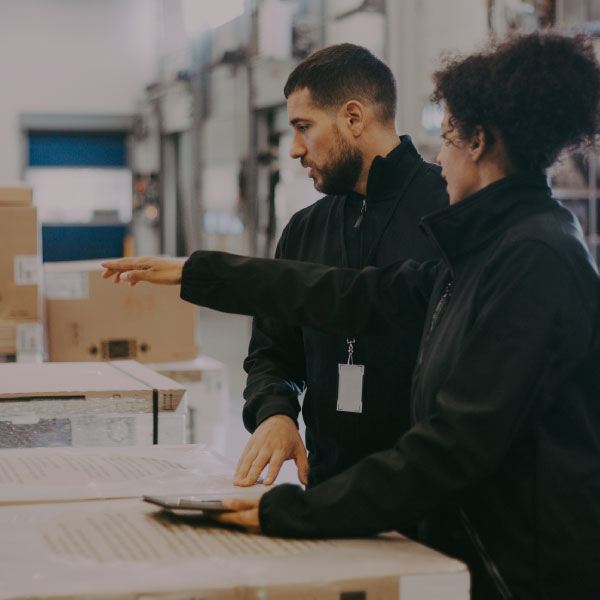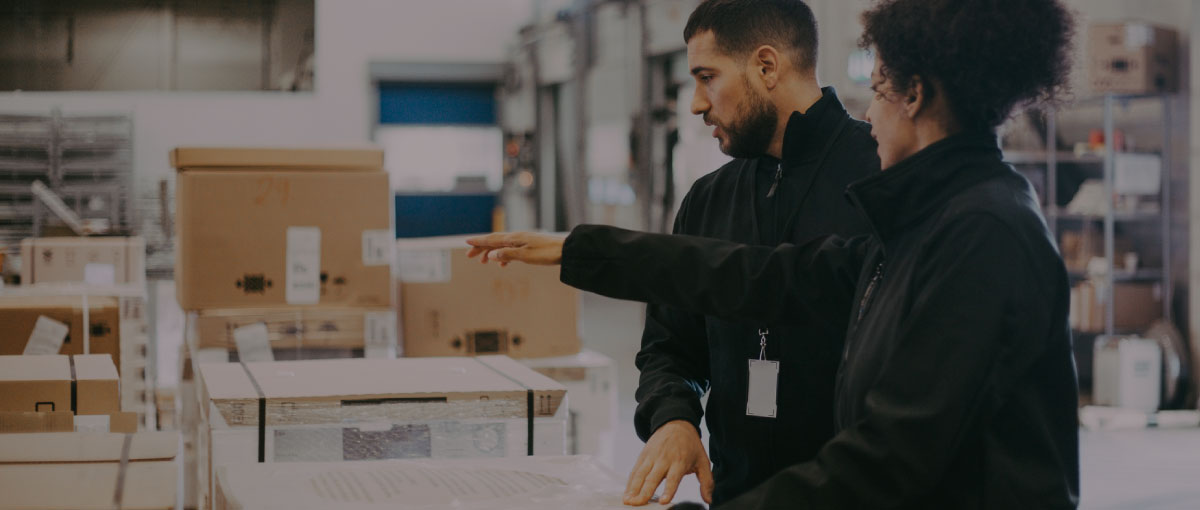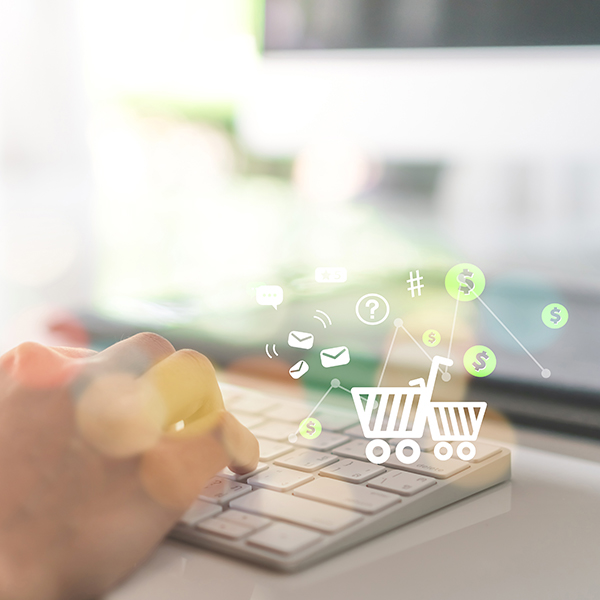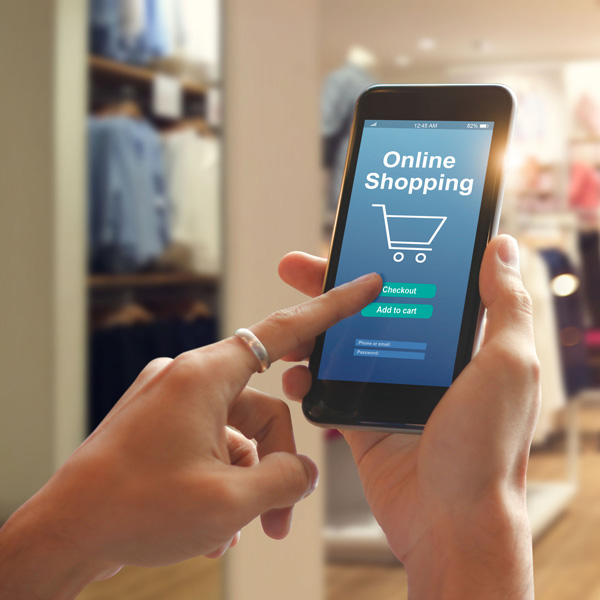To face the logistics challenges opened by the advent of e-commerce, players operating online should leverage on innovation. Innovation is the enabler for efficient and effective solutions in a fast-changing and challenging sector, which is expected to become increasingly significant in the everyday life of all of us.
Arianna Seghezzi, Assistant Professor in Management of Logistics and Production Systems
Business to consumer (B2C) e-commerce is gaining increasing importance in many countries – in both mature and emerging markets – and online initiatives are proliferating across different industries. Globally, B2C e-commerce is a rapid pace growing phenomenon, and the online market of products in 2021 has been worth more than € 800B worldwide (B2C e-Commerce observatory, Politecnico di Milano). If compared to the offline market, B2C e-commerce opens new logistics challenges for companies, and the intangibility of online transactions must not lead to underestimate them. In particular, the most critical logistic process is the last-mile delivery, i.e., the “last stretch” of the order fulfilment, aimed at delivering the products ordered online to the final consumer.
Traditionally, last-mile deliveries are conducted by means of diesel vans performing delivery tours with a high number of customers to be reached, which entails criticalities according to different dimensions. Considering effectiveness, last-mile delivery is the interface between the merchant and the customers, who directly perceive the associated performances. Considering efficiency, it is the most expensive part of the delivery process, mainly due to the small dimension of orders to be delivered to multiple – potentially dispersed – points of destination. Finally, considering environmental sustainability, a high number of diesel vans may generate CO2 emissions and contribute to traffic congestion.
These being the premises, the academic, managerial, and policy-making communities are striving to find alternative solutions to address such challenges. In this context, innovation emerges as a promising option: the answer is developing last-mile delivery solutions that introduce novel elements, to help companies overcoming the limits of traditional deliveries (such as the inability to saturate the transport mean or the high probability of failed deliveries). These solutions may imply the use of transport means different from traditional vans, innovative algorithms optimizing the scheduling of the deliveries, or even the implementation of new logics and the involvement of new players.
- Crowdsourcing logistics is intended as the outsourcing of last-mile delivery activities to a network of “common” people (i.e., the crowd), which give their availability to carry a parcel from a point of origin to a point of destination. They often offer this service because they have to move on a similar route for personal or working reasons.
- Parcel lockers are boxes managed by a retailer or a logistics service provider used by different customers, usually grouped into structures located in public places (e.g., supermarkets, post offices). The allocation of one specific locker to a specific customer is not fixed, but it dynamically varies according to the issued orders and to the availability. The customers can retrieve their parcel using a one-time password, barcode or QR code.
- In-trunk deliveries allow parcels to be delivered directly in the trunk of the customer’s car. Couriers unlock the trunk using a one-time-use digital key associated to the specific order. The real-time information about the car location is provided by a GPS system installed inside the vehicle.
- Drones consist of unmanned aerial vehicles in which parcels are loaded, which can travel from a point of origin to a point of destination relying on the on-board GPS. Once the destination is reached, the container is dropped off. Drones then have to come back to the warehouse or to a truck that, in the meanwhile, has moved to a new destination. Here the driver changes the battery and loads the new container.
- Robots are small-dimension self-driving road vehicles that, moving on determined and controlled paths, reach the customers, who unload the vehicle retrieving their parcels.
The solutions presented above are just a selection of multiple available options, and are very different from each other. Their characteristics and peculiarities make some alternatives more suitable for specific contexts, depending on many contextual factors (e.g., the road and viability conditions, the dimension and obsolescence of the delivered products, as well as the urgency and the required delivery speed). Nonetheless, all of them have one element in common: innovation.
E-commerce logistics is completely different from traditional logistics, and traditional solutions are not the right answer to solve novel and disruptive problems. As a result, in order to pursue sustainability (intended in its threefold configuration, i.e., economic, environmental and social) goals, e-commerce players should leverage on innovation, that is the enabler for efficient and effective solutions in a fast-changing and challenging sector, which is expected to become increasingly significant in the everyday life of all of us.











